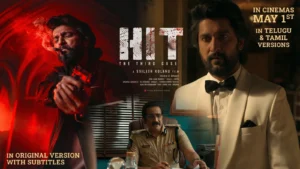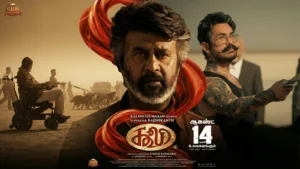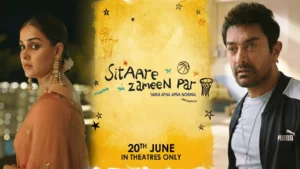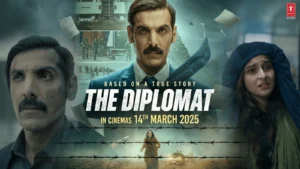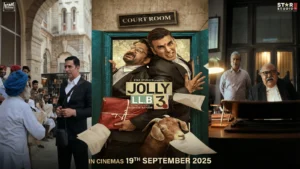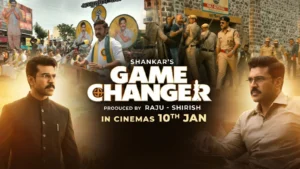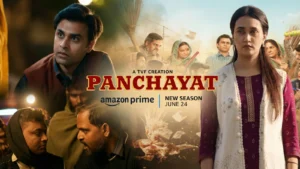Ajay Devgn returns to one of his most recognisable comic avatars with Son of Sardaar 2, the sequel to his 2012 hit that blended slapstick humour with high-decibel Punjabi flamboyance. The film arrives with minimal expectations, largely shaped by a teaser and trailer that hinted at the same controlled chaos and broad comedic template seen a decade ago. At first glance, the new instalment seems firmly rooted in its own exaggerated universe – a place where logic is optional, humour is primary, and situations escalate faster than reality would allow. Yet, beneath this boisterous surface lies a curious mix of nostalgia, emotional grounding, and family-oriented farce that tries to ensure that viewers simply “laugh a little,” as the franchise’s iconic line urges: “O paaji, sometimes at least laugh.”
With this guiding philosophy in mind, the film positions itself as a harmless, unpretentious entertainer. The only fair measure of evaluation, therefore, becomes its ability to amuse – even if the journey towards laughter involves meandering plotlines, over-the-top coincidences, and an avalanche of comedic misunderstandings. Keeping that lens intact becomes essential, because Son of Sardaar 2 continuously signals that it does not expect the audience to treat it too seriously, and thus the viewer must decide whether to surrender to the madness or resist it.
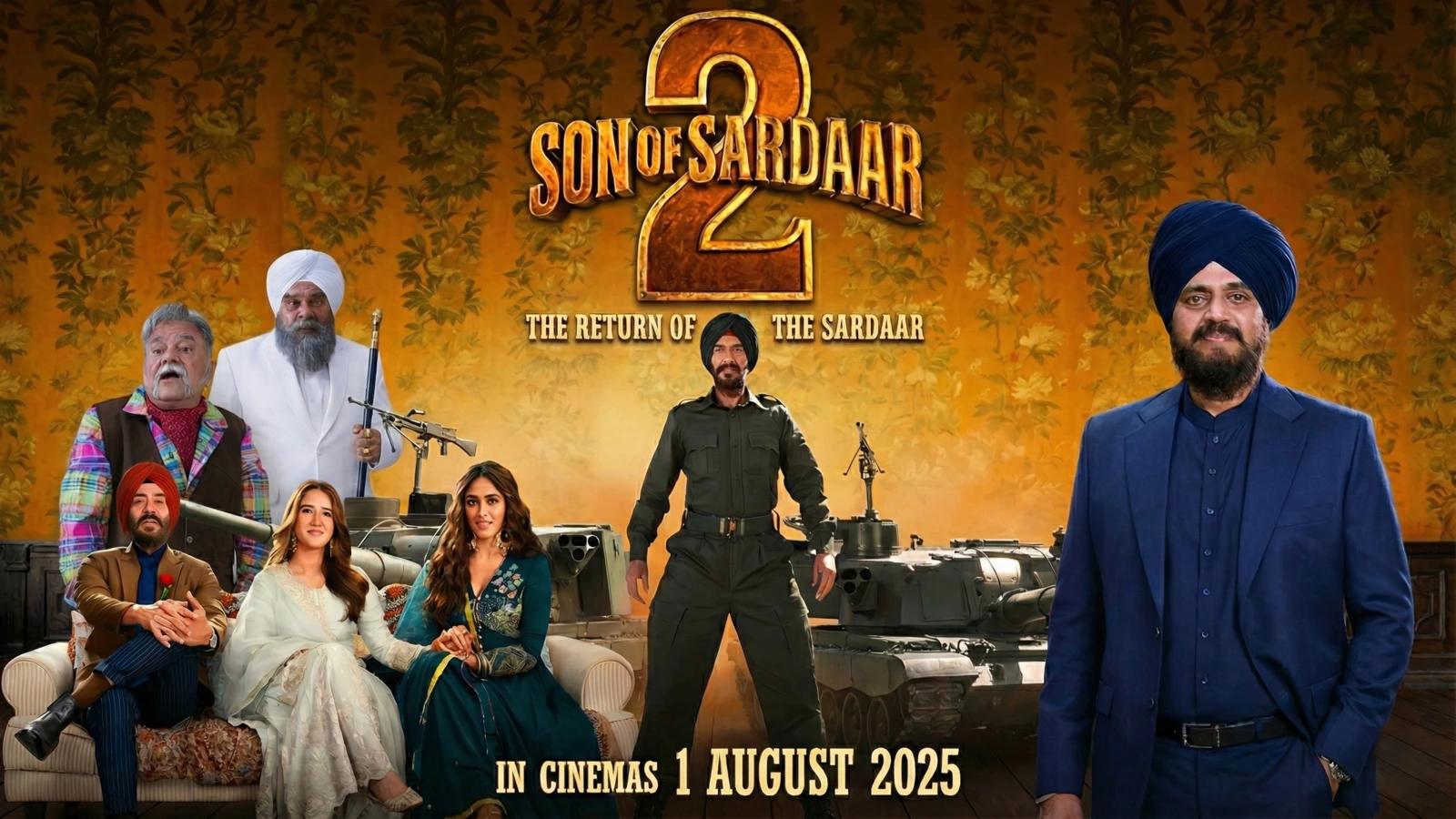
A Familiar Universe Returns with a New Emotional Setup
Unlike many sequels that dive immediately into humour, Son of Sardaar 2 surprisingly opens on a more grounded note, dedicating nearly 10–20 minutes to establishing an emotional premise. This section, which feels more composed than expected, introduces the personal world of Jassi (Ajay Devgn) – now older, carrying the weight of family changes, and dealing with a mother who longs for grandchildren while the absence of domestic warmth looms large. His wife has been settled abroad for 11 years, his daughter has grown up, and yet the household remains lonely. Ironically, once Jassi’s visa is approved, he immediately leaves for abroad, inadvertently leaving his mother alone again.
This core emotional setup is not a spoiler; it is the literal foundation upon which the film builds its central chaos. The juxtaposition of melancholy with impending madness gently nudges the audience into the narrative and signals a structural shift from the first film. Even for viewers who barely remember Son of Sardaar (as many may not), the sequel offers enough context to stand independently. There is no heavy dependency on the past narrative, and the film does not assume encyclopedic memory of the franchise. Instead, it uses broad strokes to reintroduce Jassi and then swiftly moves into its trademark confusion comedy.
- A Familiar Universe Returns with a New Emotional Setup
- A Comedy of Errors Set Abroad: Lies, Roles, and Relentless Confusion
- Comedy as the Central Weapon: Hits, Misses, and Moments of Cringe
- Performances: A Mixed Bag Anchored by Strong Support
- Songs, Nostalgia, and the Return of Pehla Tu, Dooja Tu
- A Cluttered Narrative with Overstuffed Characters and Sudden Emotional Turns
- Family-Friendly Entertainer or OTT Watch? Understanding Its Place
- A Loud, Imperfect, Yet Occasionally Fun Ride
- Related Movie Reviews
- Rate this movie
A Comedy of Errors Set Abroad: Lies, Roles, and Relentless Confusion
Once Jassi lands abroad, the film sheds all seriousness and switches gears into a full-blown comedy of errors. A series of misfortunes, coincidences, mistaken identities, and bizarre situations lead him into the home of strangers where he ends up playing multiple roles: someone’s father, someone’s husband, and eventually the emotional pivot to a young woman who is trying to marry her lover. The twist? The groom’s father is played by Ravi Kishan, whose character becomes a moral anchor in the chaos, reacting like the only sane person trapped in an absurd universe.
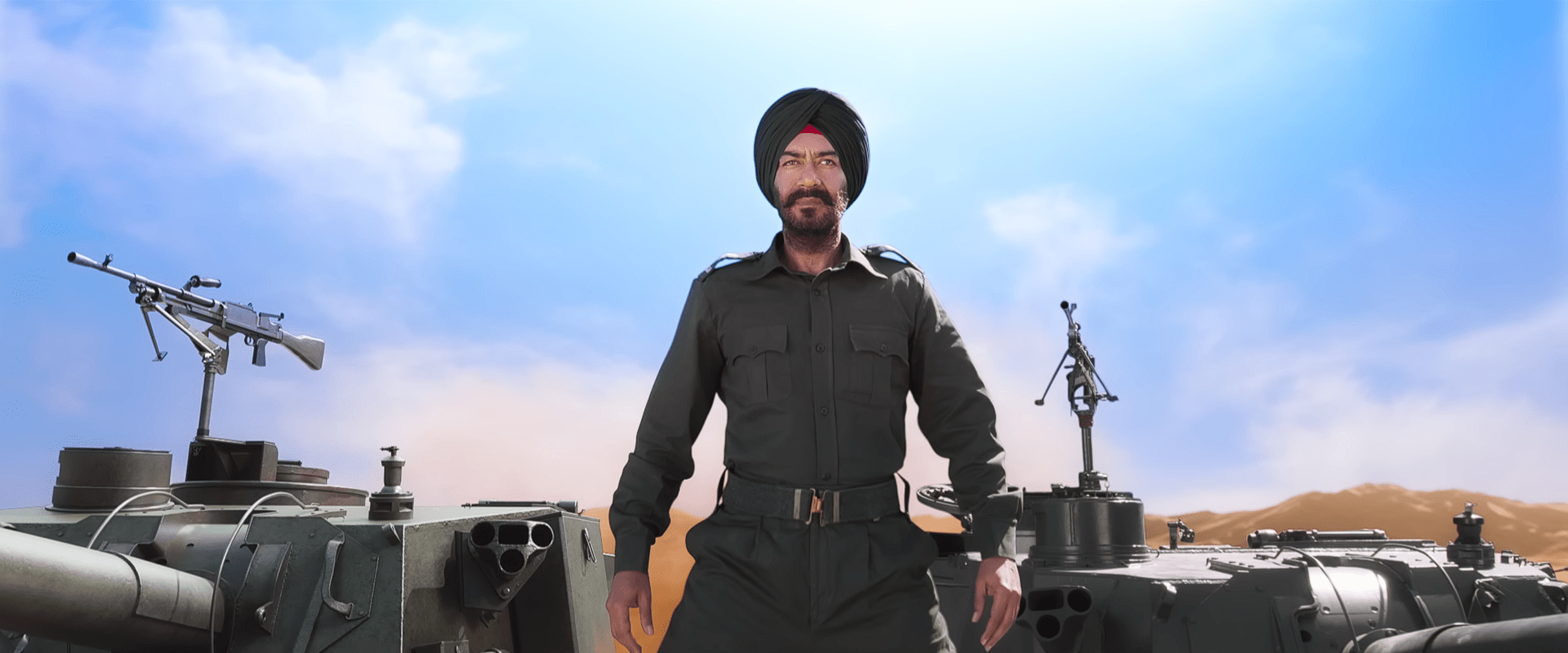
The entire narrative revolves around ensuring that Ravi Kishan’s family does not discover the truth – that every identity, every relation, and every story built around Jassi is fake. From pretending to belong to the family to improvising responses to unexpected crises, the comedy relies heavily on escalating complications. The more the characters attempt to cover one lie, the more the narrative multiplies its misunderstandings.
Amid this setup, the film introduces an India–Pakistan angle. But unlike patriotic dramas or political caricatures, the cross-border reference is employed purely for comedic effect. The jokes are occasionally sharp, occasionally slapstick, and sometimes surprisingly well-timed. Notably, the scene where Jassi reenacts border-war heroics while calling himself Sunny Deol stands out as one of the better-executed sequences. Even the dialogue – “These Pakistanis will out of compulsion make anyone their father” – lands well within the film’s outrageous tone and draws genuine laughter.
Comedy as the Central Weapon: Hits, Misses, and Moments of Cringe
In a comedy-driven film, the biggest make-or-break element is simple: do the jokes land? Son of Sardaar 2 walks a thin line between entertaining humour and moments where one instinctively cringes. While the film certainly avoids becoming a full-blown “cringe-fest,” many jokes simply fall flat, especially in the mid-section where the screenplay stretches punchlines beyond their impact. Several gags feel repetitive, and the humour occasionally oversteps into excessively loud territory.
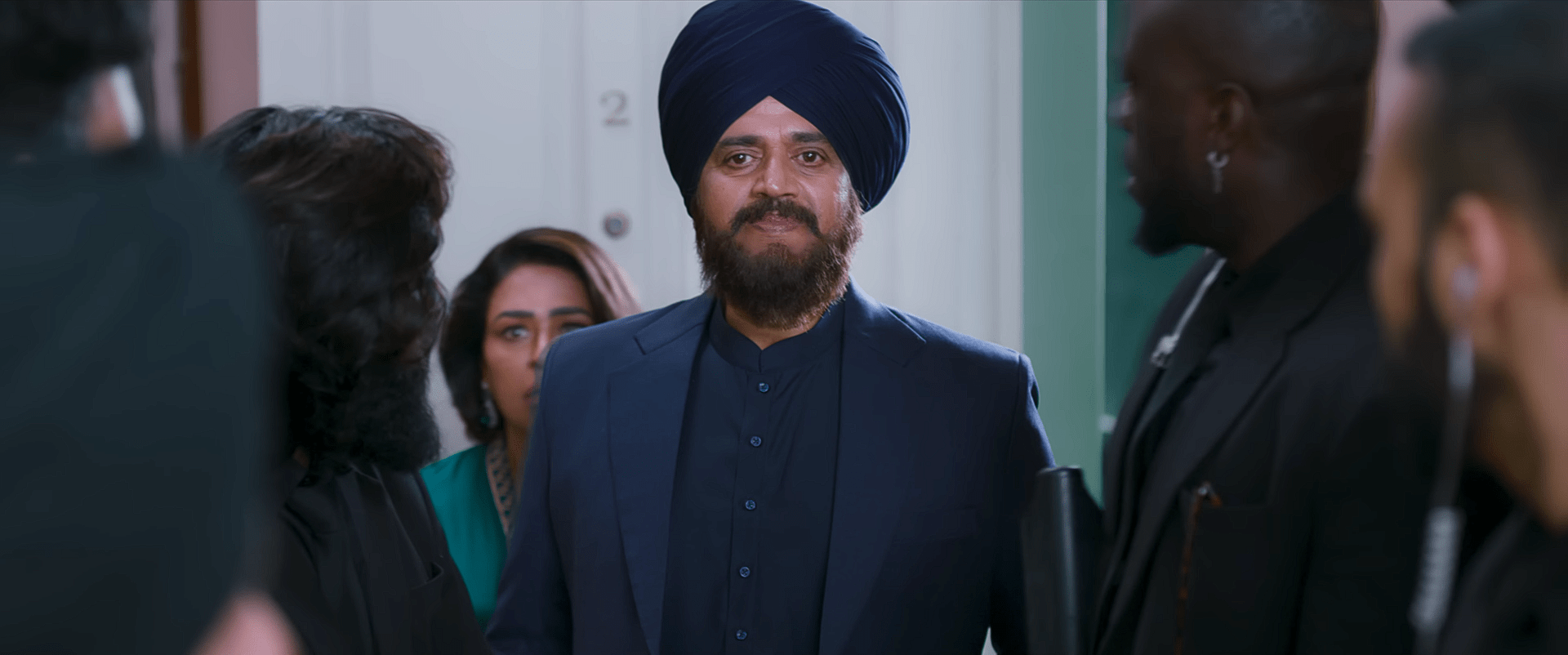
Yet, scattered throughout the narrative are pockets of genuine amusement. There are sequences where the timing clicks, the absurdity works, and the room collectively laughs. For a comedy of this scale, even sporadic laughter becomes a victory. The key is switching off expectations of nuanced humour; instead, the film demands a willingness to embrace silliness.
Comparisons with recent big-budget comedies are inevitable. Housefull 5, for instance, leaned heavily on tasteless humour and awkwardly objectifying women for cheap laughs. In contrast, Son of Sardaar 2 demonstrates restraint. It remains largely family-friendly, avoids sleazy humour, and refrains from reducing female characters to props – an achievement in itself for mainstream Indian comedy.
Nevertheless, comedy is subjective. For viewers accustomed to WhatsApp-forward humour, loud laugh tracks, and slapstick exaggeration, this film may well be riotously funny. For others seeking sharper wit or sophistication, the humour may feel only moderately effective. Ultimately, the praise the film earns is that it does not metamorphose into “Son of Sar-Dard,” because the only way to enjoy it is by not thinking too much.
Performances: A Mixed Bag Anchored by Strong Support
Ajay Devgn reprises his role as Jassi with an earnest simplicity. His character does not possess the typical cleverness or fast-thinking energy usually associated with male leads in farcical comedies. Instead, he is portrayed as innocent, occasionally clueless, and constantly overwhelmed – a persona Devgn executes adequately, though some comedic scenes do not land as effectively as intended.
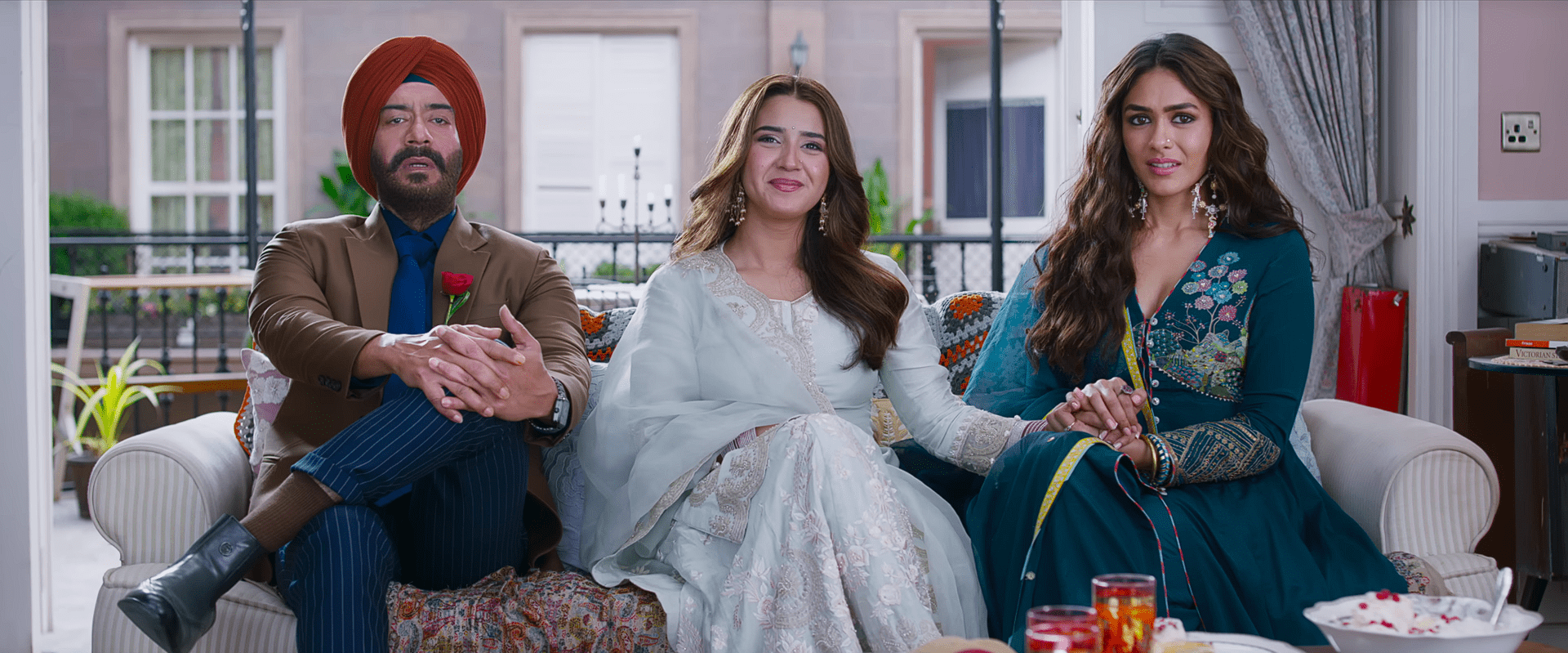
The standout performer, however, is Ravi Kishan. Delivering the most grounded performance in the film, he serves as the audience’s surrogate – constantly bewildered by the escalating absurdity around him. His reactions, confusion, and deadpan expressions inject a layer of relatability and serve as a much-needed balance.
Mrunal Thakur emerges as a pleasant surprise. In a genre where women are too often reduced to decoration or joke triggers, she receives a role that carries actual narrative weight. Her character propels the story forward, participates meaningfully in the plot, and is not overshadowed by chaos. Her presence, confidence, and emotional moments become refreshing inclusions in a male-led comedy.
Deepak Dobriyal is almost unrecognisable, slipping into his role with stealthy efficiency. Sanjay Mishra, though given a puzzling storyline, brings his trademark quirkiness. Yet, his arc raises questions – especially toward the end when his character exits without fulfilling the central purpose he was brought in for. The suddenness and lack of payoff make his subplot feel incomplete.
Songs, Nostalgia, and the Return of Pehla Tu, Dooja Tu
Music plays a symbolic role in the Son of Sardaar universe, and the sequel revives that legacy. The title track makes an early appearance, setting the tone with familiar energy. Later, the iconic “Pehla Tu, Dooja Tu” returns, serving both nostalgia and humour. Yet, the lyrics become unintentionally comical when juxtaposed with the film’s context. The song repeatedly claims that Jassi’s first, second, third, and fourth friends are all the same person – but in the story, the character he sings to is not actually “the first” at all. The mismatch between lyrics and context leads to an unintentional but amusing contradiction, adding to the film’s carefree eccentricity.
A Cluttered Narrative with Overstuffed Characters and Sudden Emotional Turns
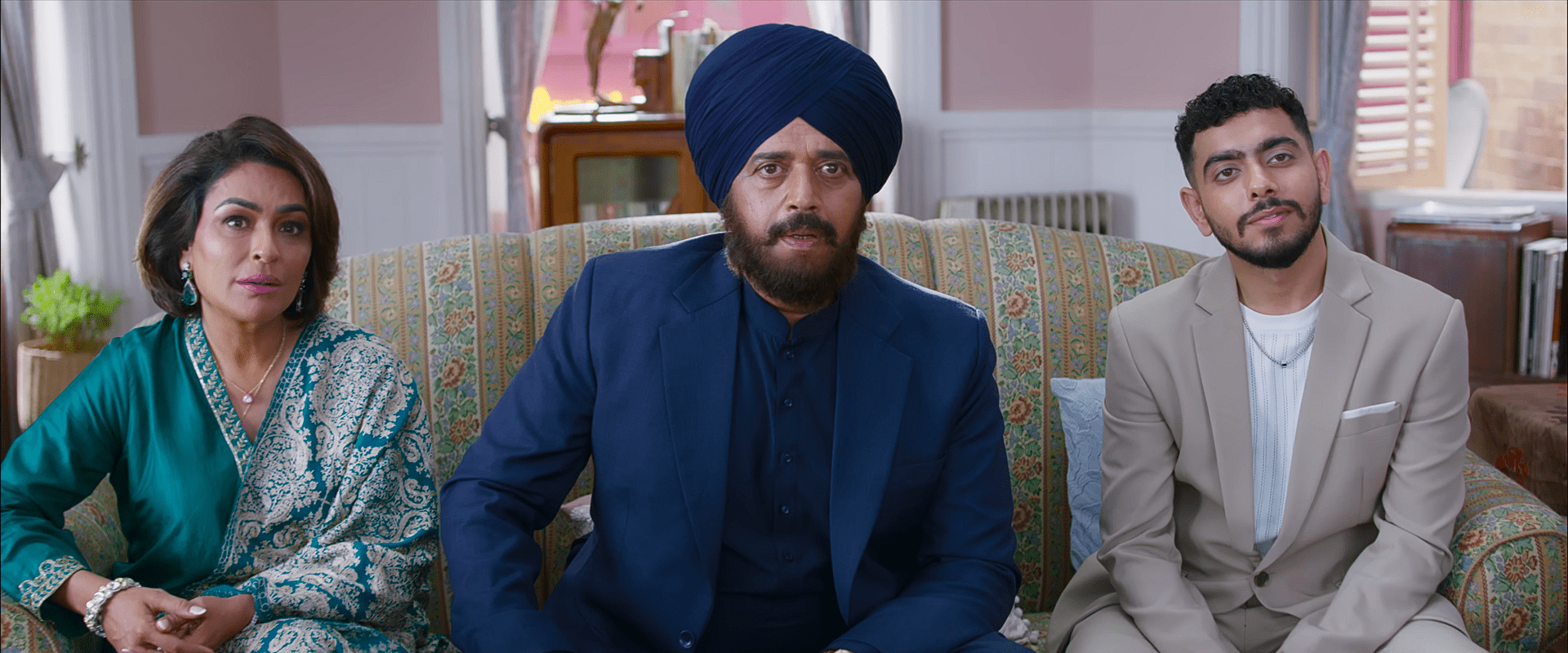
The film’s structure is noisy, busy, and crowded. With numerous characters popping in and out, the narrative often feels too packed, reducing the focus on Jassi, who should ideally remain the centre. The climax attempts to introduce a sudden wave of emotion, but the shift feels too abrupt, almost unintentionally funny. The dramatic intensity does not earn its weight, and the emotional payoff becomes overshadowed by the accumulated absurdity.
Yet, in the film’s peculiar logic, even this emotional exaggeration somehow fits. It is another reminder that the film is less concerned with coherence and more concerned with creating an environment where anything can happen for the sake of humour.
Family-Friendly Entertainer or OTT Watch? Understanding Its Place
The film belongs firmly to the “time-pass entertainer” category. It is neither groundbreaking nor disastrously bad. Viewers with flexible expectations, families that enjoy loud comedies, and audiences seeking something cheerful without depth will find their share of amusement. For households where parents laugh at forwarded jokes or easily giggle at exaggerated sound effects, the film is likely to deliver a pleasant experience.
Those unwilling to spend on theatrical tickets or uncertain about the film’s comic reliability may find it a better fit for OTT viewing. It is the kind of movie that plays well on television – half-watched, occasionally commented on, and ultimately remembered as “Ok, It was good….” It is light, silly, and harmless enough for casual consumption.
A Loud, Imperfect, Yet Occasionally Fun Ride
Son of Sardaar 2 is neither a reinvention nor an evolution of its original. It is a straightforward, unapologetically absurd comedy of errors that achieves exactly what it sets out to do – offer laughter without logic and entertainment without depth. When the humour works, it genuinely works. When it does not, the scenes feel stretched, misplaced, or mildly embarrassing. Yet, the film’s greatest strength lies in its refusal to take itself seriously and in inviting audiences to join it in that abandon.
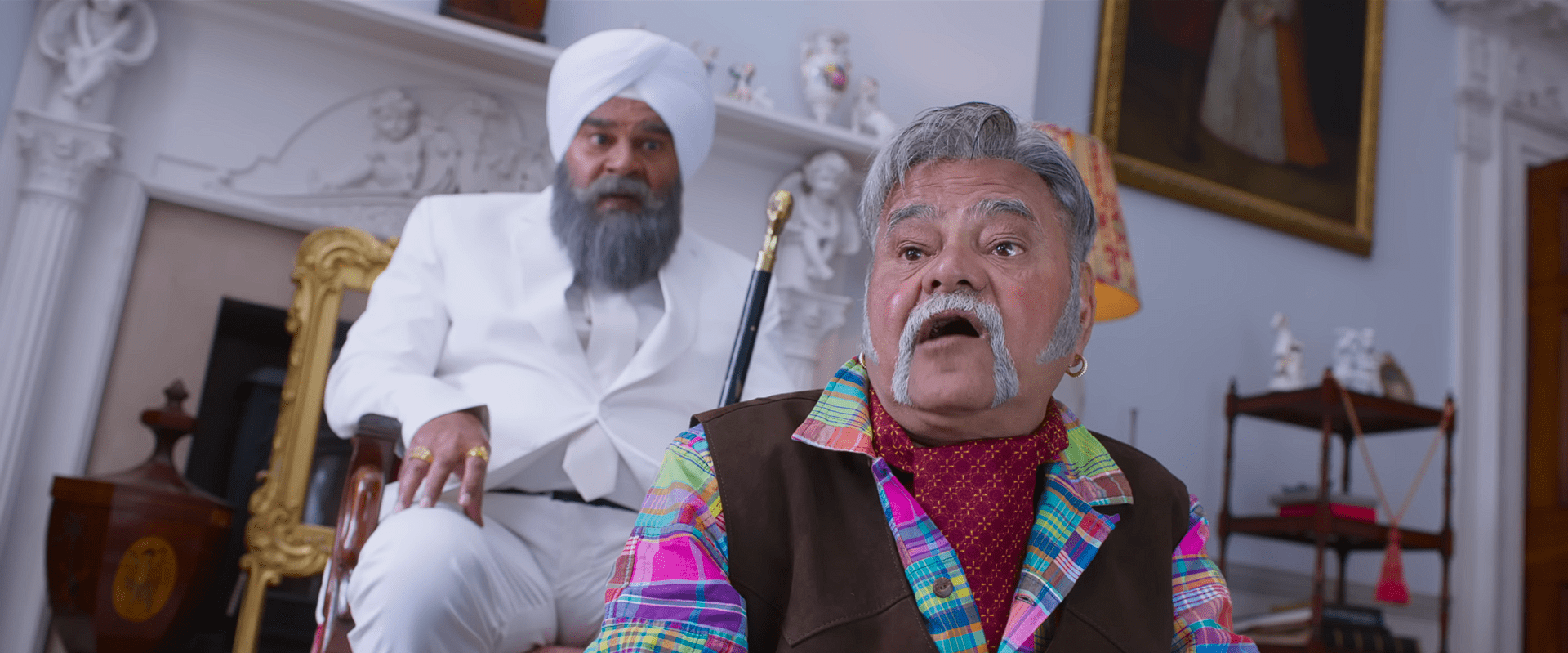
The film may not be for everyone. But for those who enjoy carefree comedies and are willing to switch off their critical faculties, it becomes a harmless, occasionally amusing, family-friendly romp. And most importantly, it succeeds in avoiding the dreaded transformation into “Son of Sar-Dard” – because sometimes, the simplest cinematic purpose is simply to make the audience laugh.


